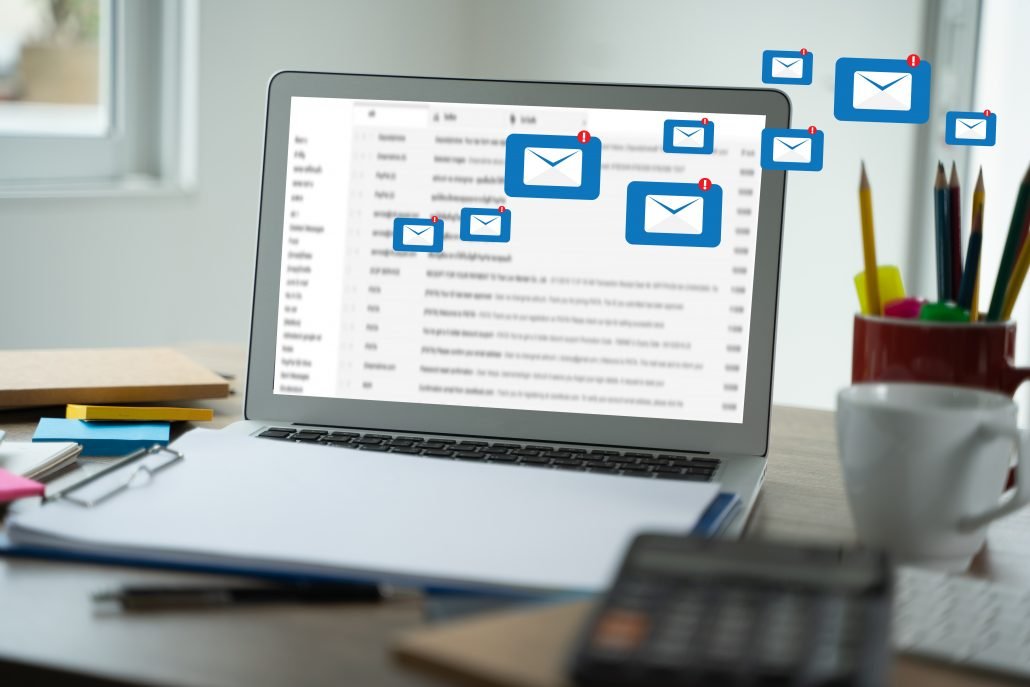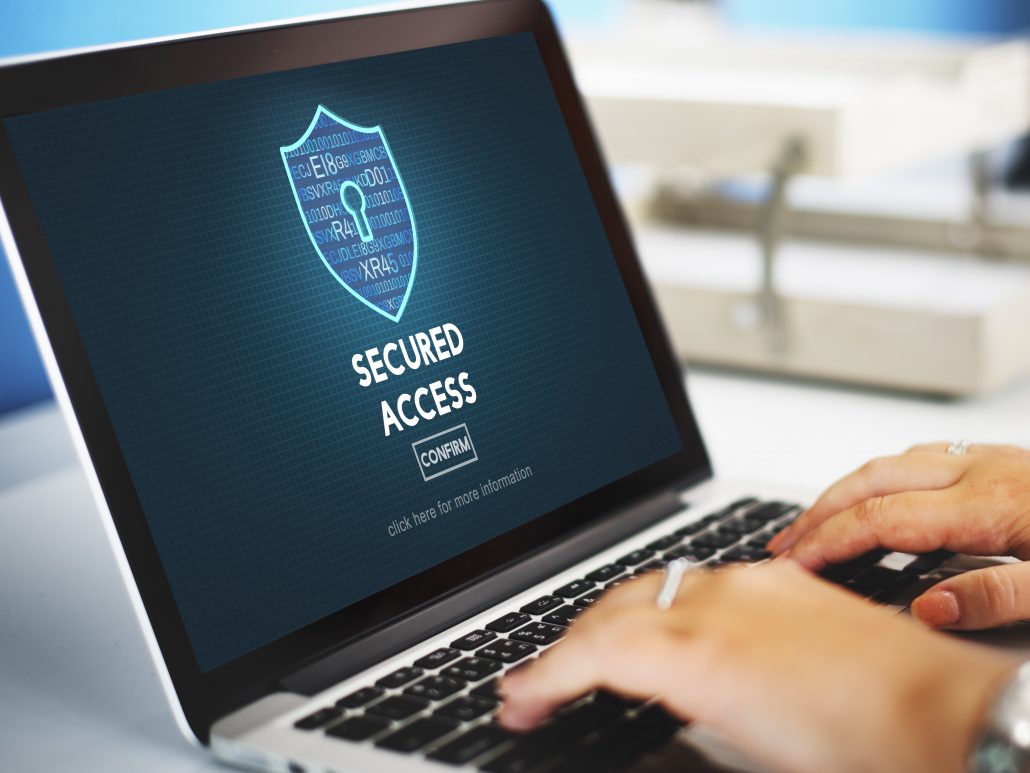7 Email Security Best Practices – Work From Home, Work Anywhere, But How Do You Stay Secure Everywhere?
Cybersecurity has developed into a high priority for businesses and individuals alike. With bots and even humans constantly monitoring exploits and seeking new targets, it has never been more important to be aware and ready for a potential attack.
Email has been around for decades and quickly became the most common means of initiating a cyberattack. As a result, many companies routinely advise employees never to open attachments or follow links from untrusted or unverified sources. However, while employees are better-informed than ever, the problem hasn’t gone away.
Indeed, even today, a reported 91% of all cyberattacks start with a phishing email. Combine that with a reported 90% of data breaches being down to human error, and it’s clear to see that education around the subject is as important today as it ever was.
Fortunately, encouraging employees to use common sense is not the only option when protecting valuable data.

What is Email Security?
Email security goes above and beyond trusting people not to allow malicious software onto your internal systems. It involves using a combination of software and education in a multi-layered approach to ensure that bad actors cannot get inside your organization.
A robust email security plan combines the best parts of employee education with dedicated filters, firewalls, and detection tools that can keep malicious software out and tackle any that manages to get through.
Your Phishing Prevention Plan
74% of employees expect remote work to become the norm. This means fewer employees will benefit from direct supervision, and more workers will access central systems from outside localized defenses.
That makes it all the more important to develop a robust strategy to deal with phishing attacks.
Fortunately, reinforcing your defenses need not be complex, and you can manage most risks with the following steps.
1. Back Up Your Critical Files
Phishing is all about gaining access to sensitive information. Once an attacker gains access to your systems, they might seek to copy data, destroy it or lock it away in a ransomware attack.
Indeed, data is potentially worth more to an attacker than money itself. For example, it was reported back in 2014 that an individual’s medical record is worth more to a hacker than their credit card.
At the very least, you need to ensure that no matter what happens to your data, it’s retrievable. The best way to achieve this is to store additional copies of sensitive information out of a hacker’s reach. This means keeping backups outside the main network and, if possible, wholly disconnected from the internet.
That way, any information lost through malware or ransomware can be loaded back onto your systems once security is restored, vastly reducing downtime.
2. Educate Your Employees and Perform Regular Phishing Drills
We’ve touched on the importance of educating employees on the dangers of phishing. Unfortunately, as the statistics show, it remains a widespread issue, and humans remain comfortably the weakest link in any cybersecurity chain.
Not all employees will take guidance and direction on board, so it can be worth giving them a demonstration. Most companies already carry out fire drills and preparation for other scenarios, and phishing need not be any different. Simply disabling access to their email and network folders, then asking them to continue their work as best they can could really drive home the message.
3. Automatically Encrypt Incoming and Outgoing Email Communications
Email encryption should be the standard on every email account, but it isn’t. However, it’s a vital component of any defense strategy.
Not all phishing emails come from the attackers themselves. They are just as happy to add malicious content to emails while in transit. A lack of encryption can also expose sensitive information. By adding encryption to your email service, you ensure that messages remain unchanged between sender and recipient and prevent any data contained therein from leaking out.

4. Implement Multifactor Authentication
Passwords alone are inherently insecure. Passwords can let you down in many ways and shouldn’t be relied upon as the sole requirement for data access.
Multifactor authentication can place additional security levels on access points and potentially remove passwords altogether. It involves requiring additional information before granting access, such as an SMS alert or mobile app.
In this scenario, even if a would-be attacker gains a username and password, they would also need access to someone’s mobile device to carry out an attack.
5. Secure the Gateway
A secure email gateway can automatically defend your systems against phishing attacks. They work by stopping malicious emails before they even reach their destination.
Most gateways check sender information and scan email content. If anything is amiss, the gateway quarantines the email. In most cases, system admins can access quarantined messages for further insight into the threat, but regular employees will never interact with the message in question.
6. Hack Yourself
If you have the requisite skills, you can conduct a phishing attack on your own organization. It’s essentially white hat hacking on your own systems to discover vulnerabilities – and fix them.
If you can’t do it yourself, it can be worth hiring someone who can if you feel your business might be at risk.
7. Consider an Integrated Cybersecurity Solution
Phishing is just one part of modern cybersecurity threats. Key loggers, bait and switch attacks, and trojans are just some of the dangers a business might face in its pursuit of data security.
While securing email communications should be a priority, that shouldn’t be detrimental to other critical business functions. As such, most businesses benefit from integrated cybersecurity solutions that work to defend against threats from all angles.
Contact us today, we can reinforce your business against online threats, no matter where they originate. Whether you have a dedicated IT department or not, we’ll work with you to ensure that your data and systems are secured against everything a would-be attacker can throw at them.


